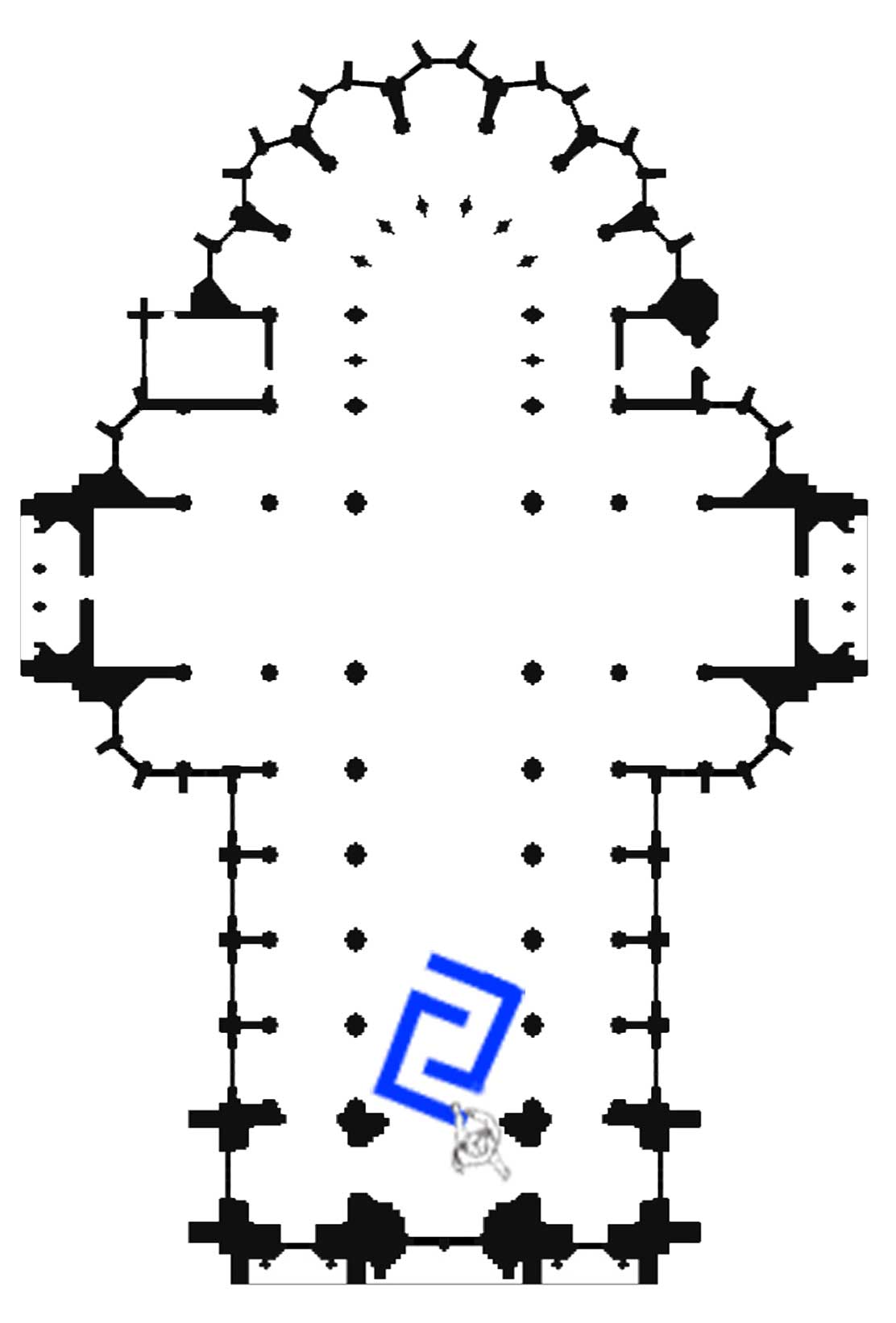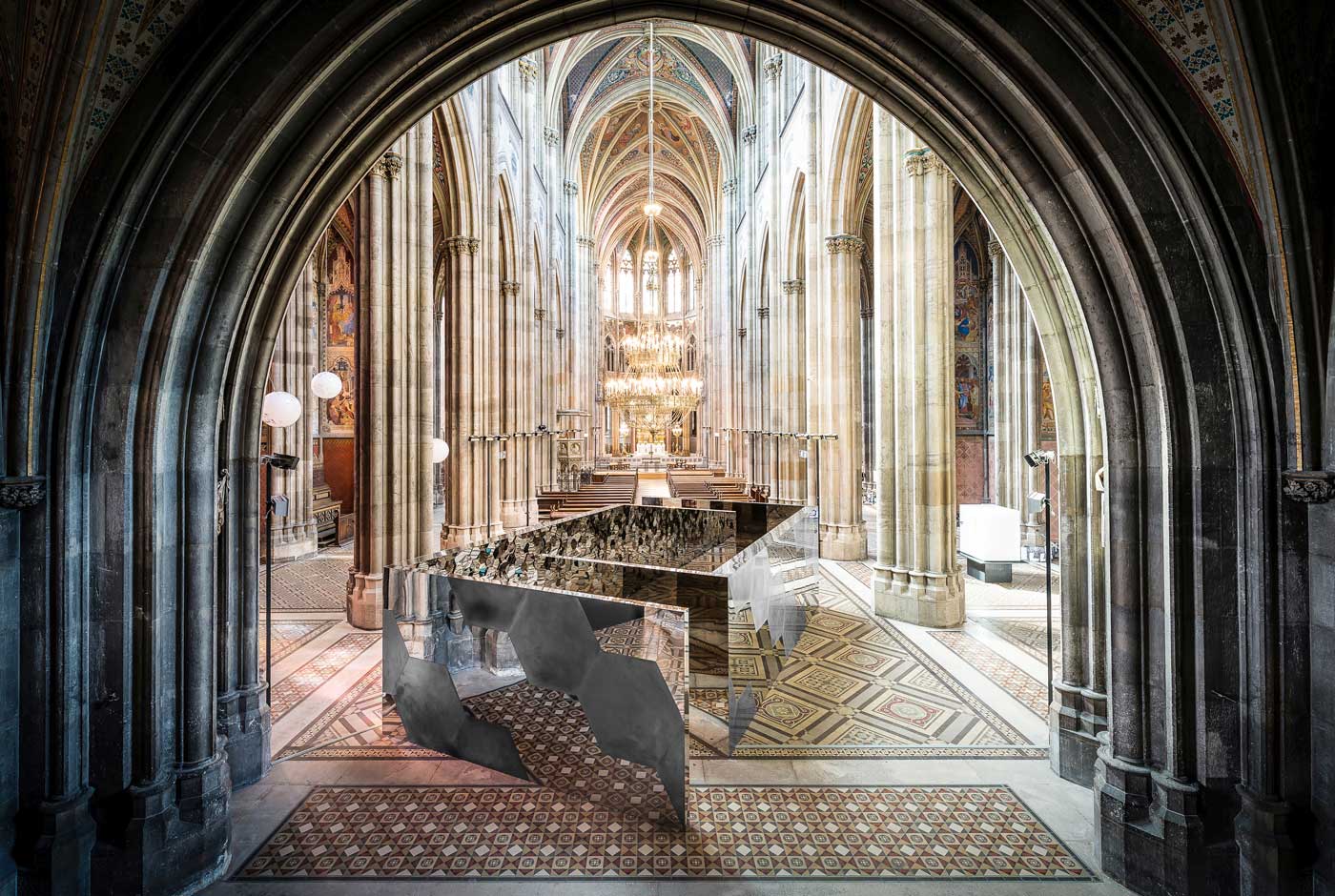
Leiblichkeit & Sexualität
No History is constructed of hundreds of small, automated mirrors to form a kaleidoscopic experience that reflects the way in which we see ourselves in a state of change, flux and motion. Made from stainless steel and varied in size, the mirrors are controlled by silent motors that independently move each panel. Collectively, the hexagonal shaped mirrors exist on varied planes and form a distinct pattern that encourages an analysis on the perceptions of self. The fractured reflections of the viewer become the focus, with the ability to “see one’s own image in amplified motion.”
Although widely known for his video and photography installations, Doug Aitken extends his work to include architectural and sculptural explorations. Through these last channels, Aitken altruistically eliminates any notion of himself as artist, and instead, exclusively focuses on the spectator’s relationship to the acuities and fragments of the physical world reproduced in his work. Aitken states that, “I am interested in a friction where viewer and content can create an entirely new energy.”[1] By directly involving the individual, Aitken generates a kind of communication with material structures that allows for a reinterpreted consideration on human existence.
Mirrors employed in Aitken’s work serve as an important instrument in detailing how ephemeral, everyday happenings are performed. As an alternative to the artist’s traditional use of video, there are no pre-recordings offered for our visual consumption. Rather, as the viewer confronts the mirror, they actively participate and are propelled into a momentary, real-time documentation of the interaction between fleeting individual existence and spatial perception. His artwork thus represents the condition of motion and change, continuously shifting as one approaches and withdrawals from the piece.
Aitken constructs an alternative reality that allows for a “re-focus;” where we no longer approach the work as viewer, but become the subject of a provisional film. By using mirrors to create this otherworld, fractured depictions of the viewer, as well as deeper negotiations in analyzing place and self are formed.
[1] The Source: Interview with Jacques Herzog
"With No History I wanted to explore this sense of motion, change, and flux in relation to how we see ourselves. The work is both an experiment and an offering to the viewer: it’s like what Chet Baker said, “Let’s get lost.” No History is about seeing one’s own image in amplified motion. The work’s content relates back to the viewer who is invited to go more deeply into the representational self by exploring this labyrinth-like work. The hundreds of moving mirrors shift and follow the viewer’s own reflection, inviting one to “re-focus” continuously on different moving perspectives and to fall into an alternative reality. I imagined the work as though it were a film or a movie with scenes and characters, but where the viewer of the work becomes the subject of the “film.” Their reflections move and fragment as if they are becoming their own private film." — Conversation between artist and Hans Ulrich Obrist
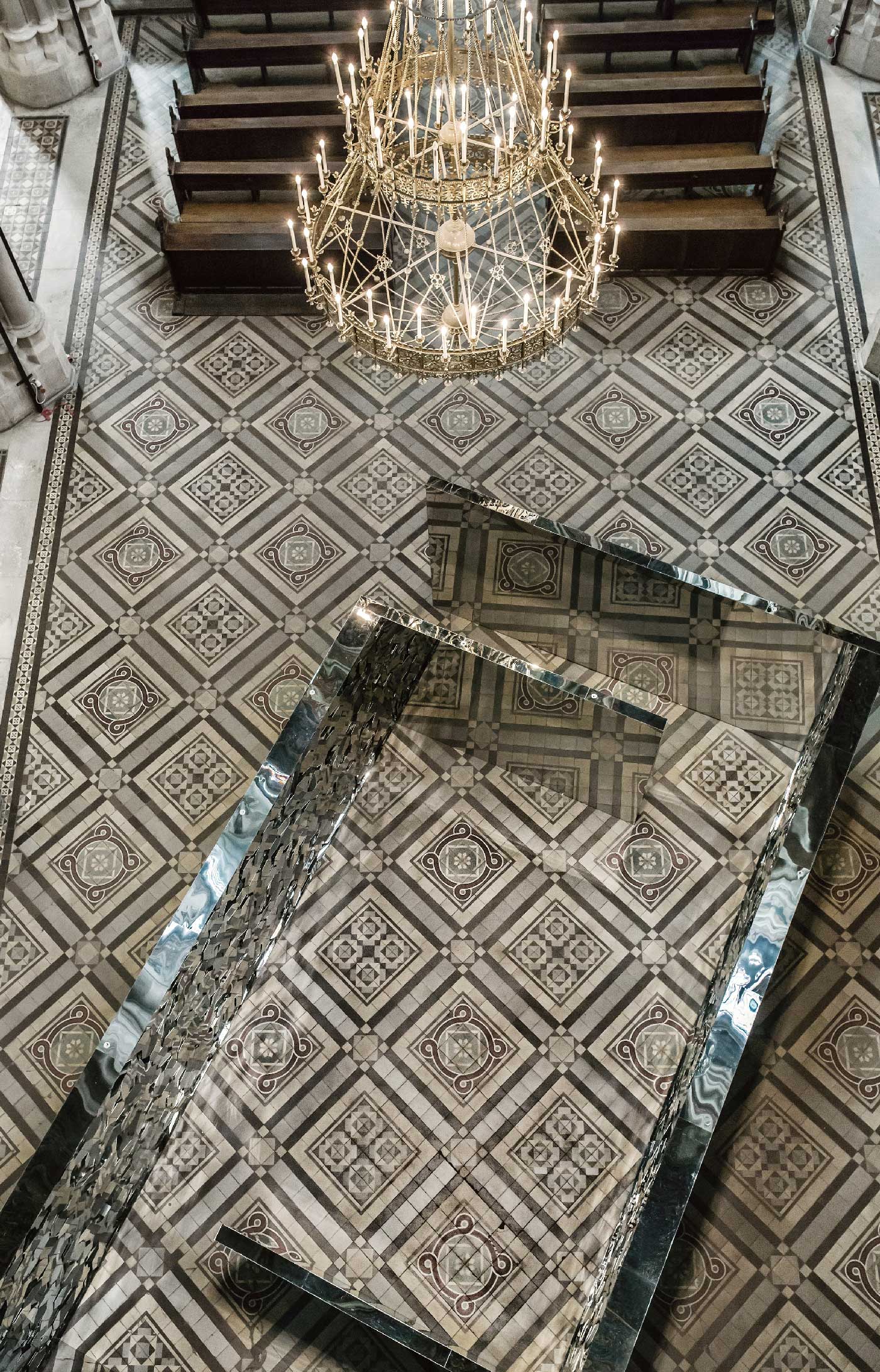
Doug Aitken (born in 1968, Redondo Beach, California) earned his degrees at Art Center College of Design and Marymont College in California. Aitken explores the self and our modern existence through photography, video, architecture, sculpture and sound installation. Major exhibitions have included shows at Museum of Modern Art New York, Whitney Museum of American Art and the Pompidou Center in Paris. Aitken currently lives and works in Los Angeles.
Another work by Aitken, Mirror constantly changes to invisible rhythms, like a series of rings radiating out. It creates an infinite library of musical notes that can be played and repositioned, reordered.” Aitken often talks of his art in musical terms, Mirror’s unveiling last spring accompanied by the vertiginous siren call of composer Terry Riley, who regards Aitken as a kindred soul. “He morphs the ordinary into the extraordinary,” says Riley, “carving out a singular cinematic art.”[2]
Doug Aitken is the artist of disappearing dimensions and the psychic exodus. Pursuing a new sense of wonder, long ago he abandoned more reasonably circumscribed canvases for one the size of a planet; using music, film, construction design, pixelated theatrics, willing participants and no small amount of fast-talking showmanship, he creates videopaloozas of murmuring sonics and drifting visuals—equal parts Antonioni, Eno and Disney. Since the 1990s, beating the calendar by a decade, he’s been laying 21st-century siege to 20th-century structures, “eliminating the space,” as Washington, D.C.’s Hirshhorn Museum acting director Kerry Brougher puts it, “between the object and viewer—blurring lines and turning art into a multifaceted, collaborative experience.”.[3]
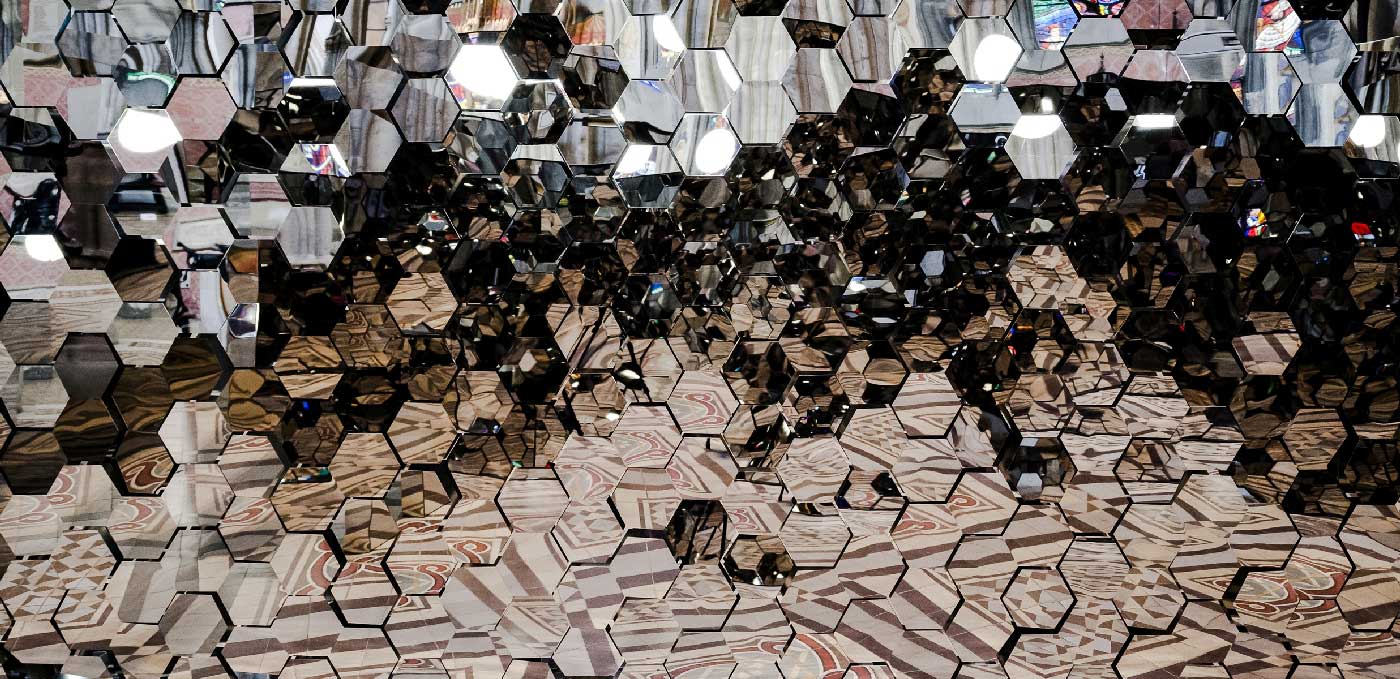
Doug Aitken: “A lot of times what we receive in culture is the finished project. You go to a museum and see a show; you hear the digital song released; but you don’t really have any understanding of where it came from—the architectural idea, the network tapestry of influences that create one singular thing. That’s, more often than not, not part of the discourse when you talk about symposiums or lectures, because they become like these, like, synthetic touring circuses, these talks that are so formulaic, and you kind of imagine the people sitting for hours in their bedrooms in front of their mirrors perfecting their hand gestures. In the end, it’s such bullshit, because you don’t have that space for randomness to come up, or spontaneity. Maybe that’s the thing that can happen here—maybe this is a little bit looser, and because it’s more coming from a city, and there’s a root system, there’s a possibility for something that has a little more friction to it.”
“We’re living in a tremendously new landscape, and the possibility of what can be created is immense,” he says. “These tools of the moving image have a relatively short history in art, and what we can do with them is still largely unknown. We are still innovating and finding ways to tell stories.”
“We all encode our experiences of time at different rates. A single moment from several months ago may consume our thoughts, yet a whole summer five years ago may have completely vanished from our memory. We stretch and condense time until it suits our needs. You could say that time does not move in a linear trajectory, and moreover we’re not all following time using the same system.”
Commissioned by Thyssen-Bornemisza Art Contemporary
Founded in Vienna in 2002 by Francesca von Habsburg, Thyssen-Bornemisza Art Contemporary is committed to supporting the production of contemporary art and is actively involved in commissioning and disseminating unconventional projects that defy traditional disciplinary categorizations, TBA21 sustains a far-reaching regional and international orientation and explores modes or presentation that are intended to broaden the viewers’ perception.
From the TBA21 website: “In No History thousands of mirrors come to life, animate, and cast reflections of ourselves into thousands of moving pieces. We experience ourselves moving at the speed of life through images that are reflected back upon ourselves as if in a kaleidoscope in motion. As viewers enter the space they are met with an endless array of slow-moving reflections, projected from hundreds of fragmented mirrors covering the three walls of the room/corridor. These modular, reflective fragments are of varying size, distributed in a manner, which creates graphic patterning on the walls. The mirrors are held a few millimetres from the wall, the movement of each panel is controlled independently by a silent motor, the mechanics of which are hidden behind the wall. The mirrors’ motion mimics the slow ripple of water across the surface of a lake or speeding clouds reflected in a skyscraper. The resulting sense of dynamism is heightened by the positioning of the mirrors on multiple planes, casting back a fragmented image of the viewer and thereby offering them a simultaneous collection of perspectives of themselves. As the surface undulates, the images continually shift, fracture and re-fracture as they replicate themselves in a chaotic order. Spectators thereby come to experience themselves moving in real time as multiple versions of themselves are reflected back upon them in a kaleidoscope of light and motion. "With No History I wanted to explore this sense of motion, change, and flux in relation to how we see ourselves. The work is both an experiment and an offering to the viewer: it’s like what Chet Baker said, “Let’s get lost.” No History is about seeing one’s own image in amplified motion. The work’s content relates back to the viewer who is invited to go more deeply into the representational self by exploring this labyrinth-like work. The hundreds of moving mirrors shift and follow the viewer’s own reflection, inviting one to “re-focus” continuously on different moving perspectives and to fall into an alternative reality. I imagined the work as though it were a film or a movie with scenes and characters, but where the viewer of the work becomes the subject of the “film.” Their reflections move and fragment as if they are becoming their own private film." (the artist in a conversation with Hans Ulrich Obrist)”
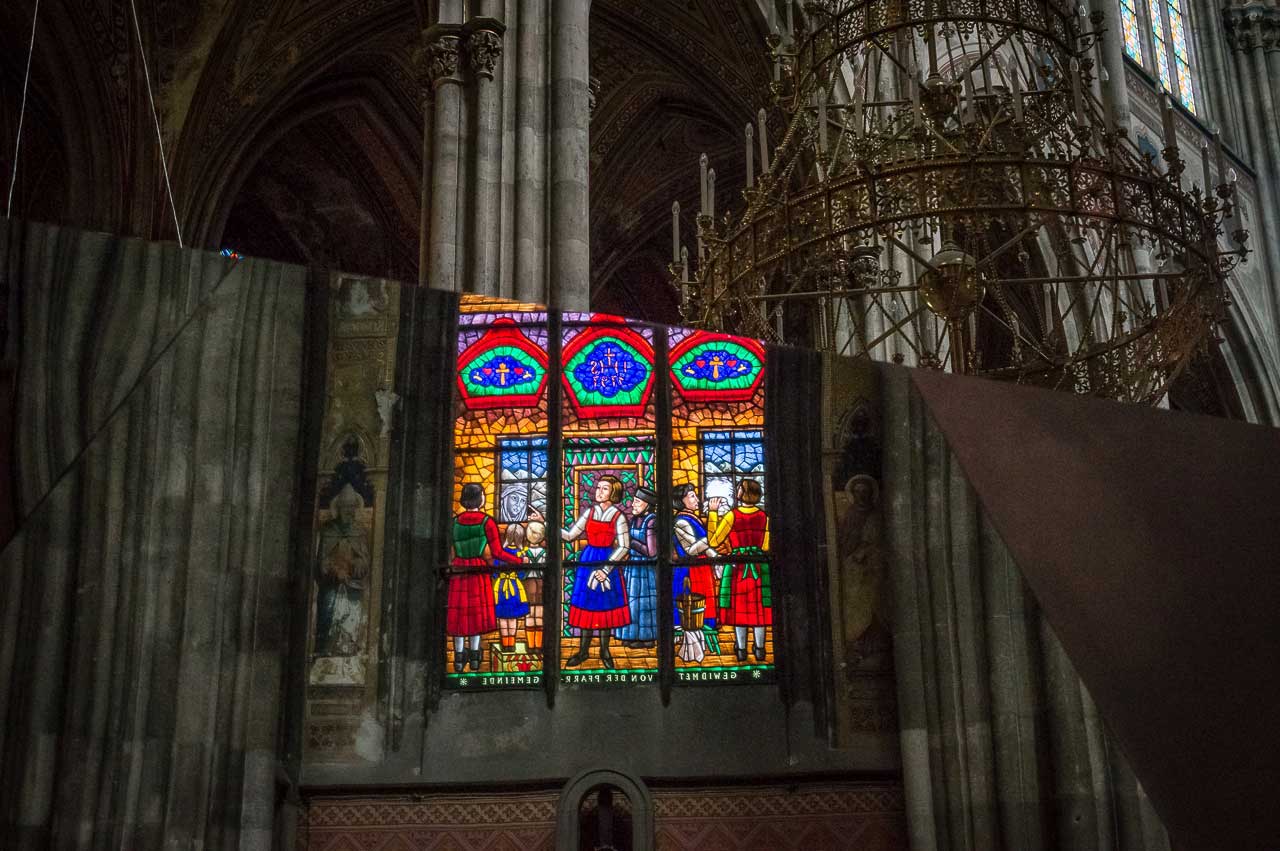
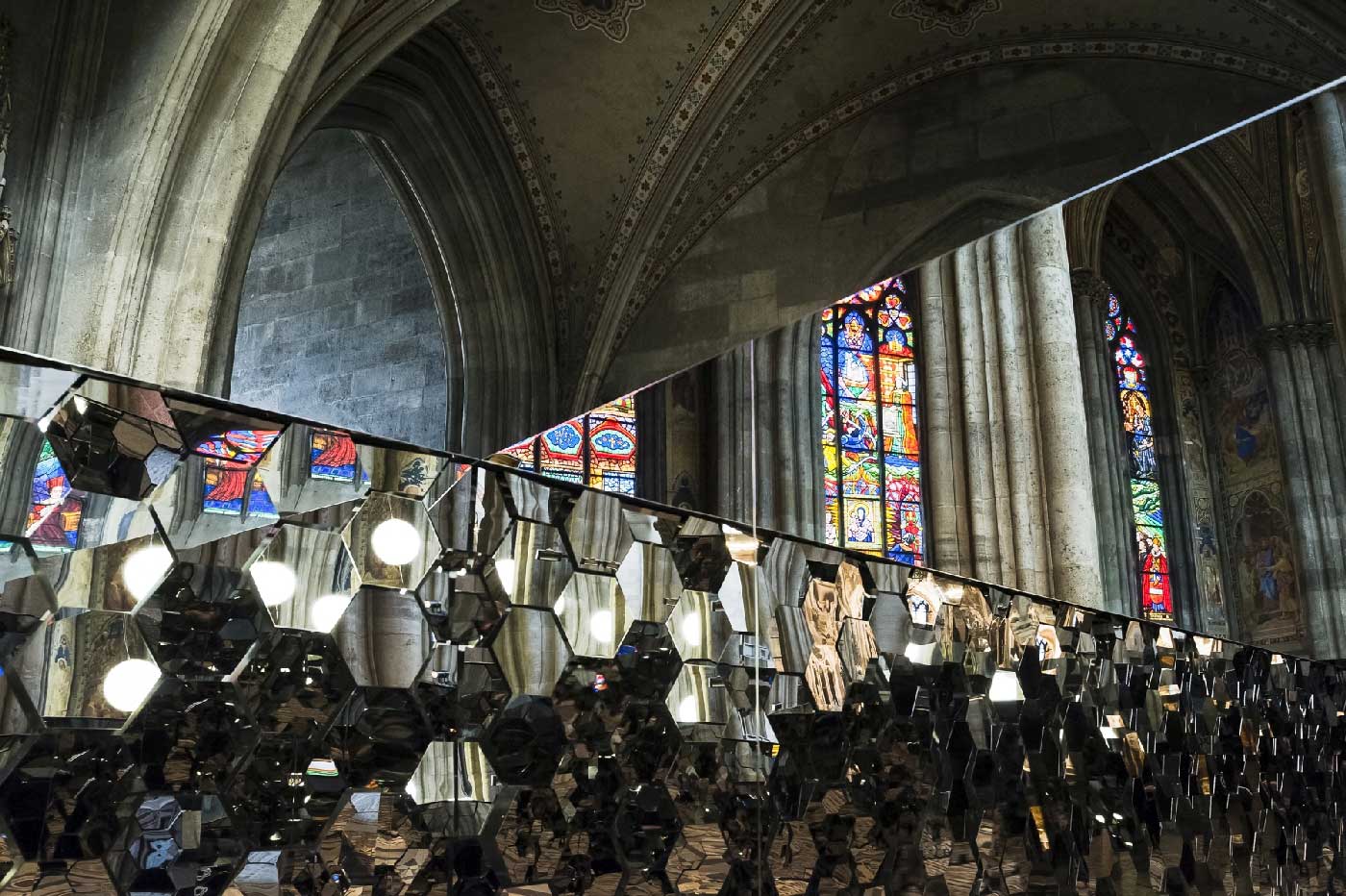
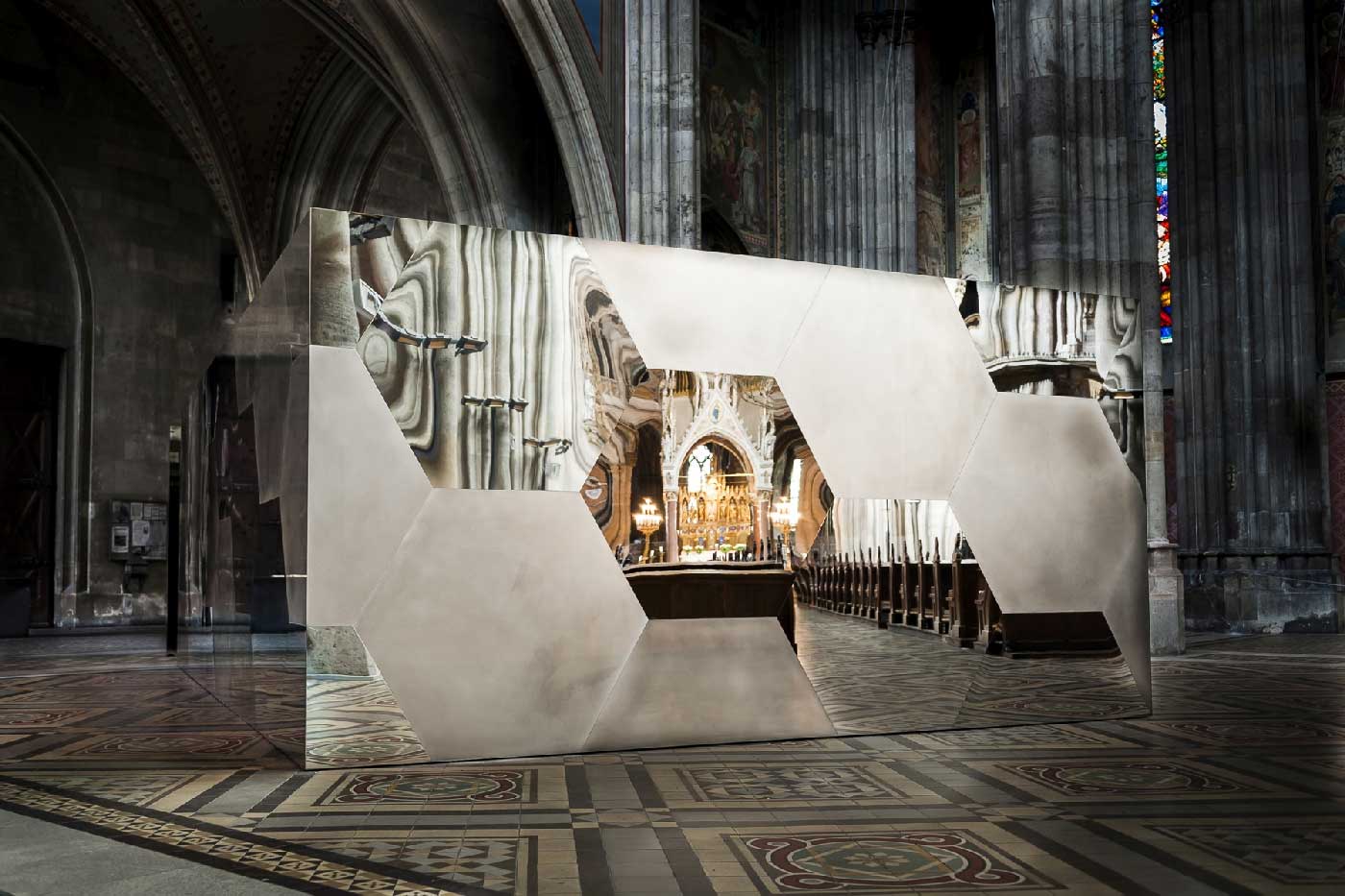
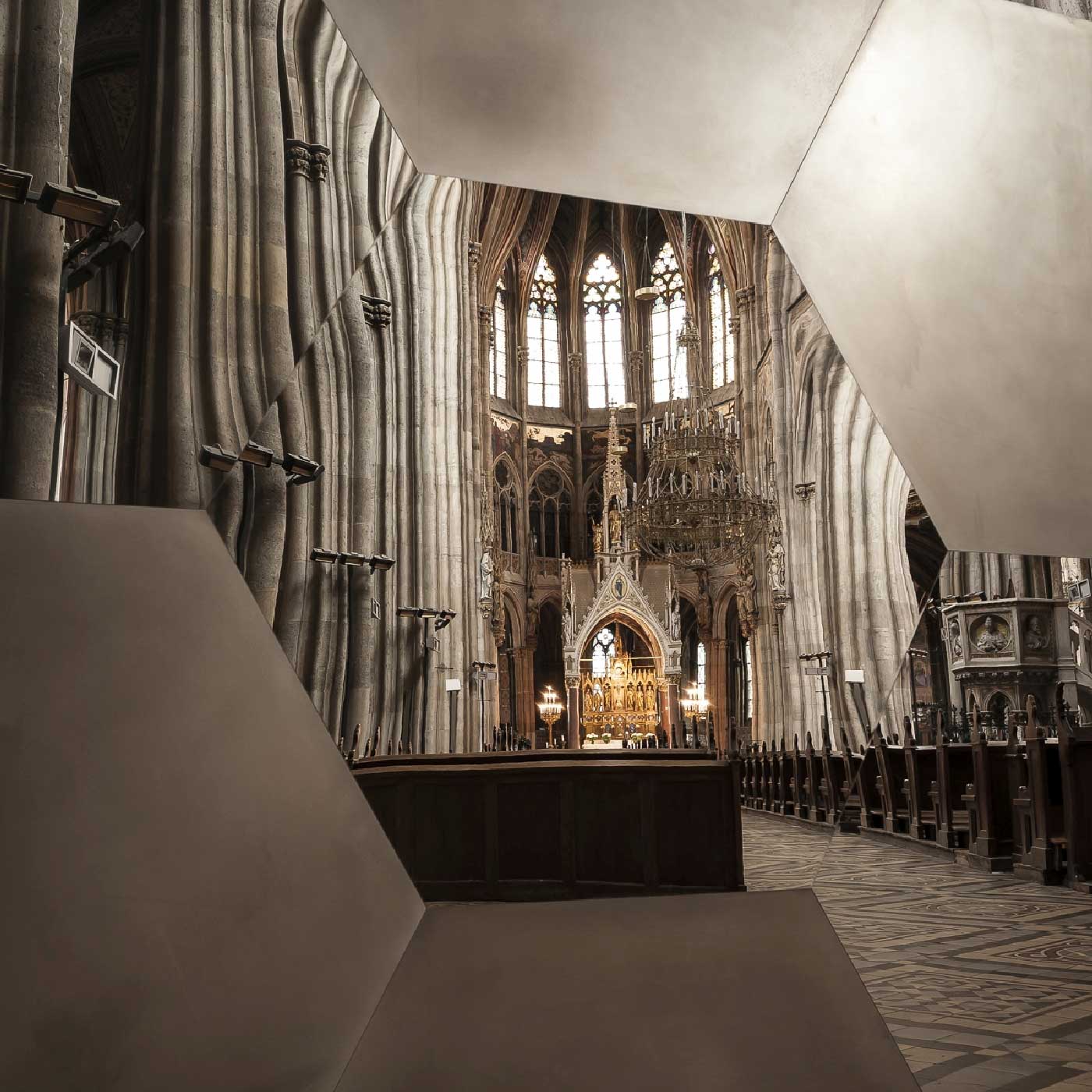
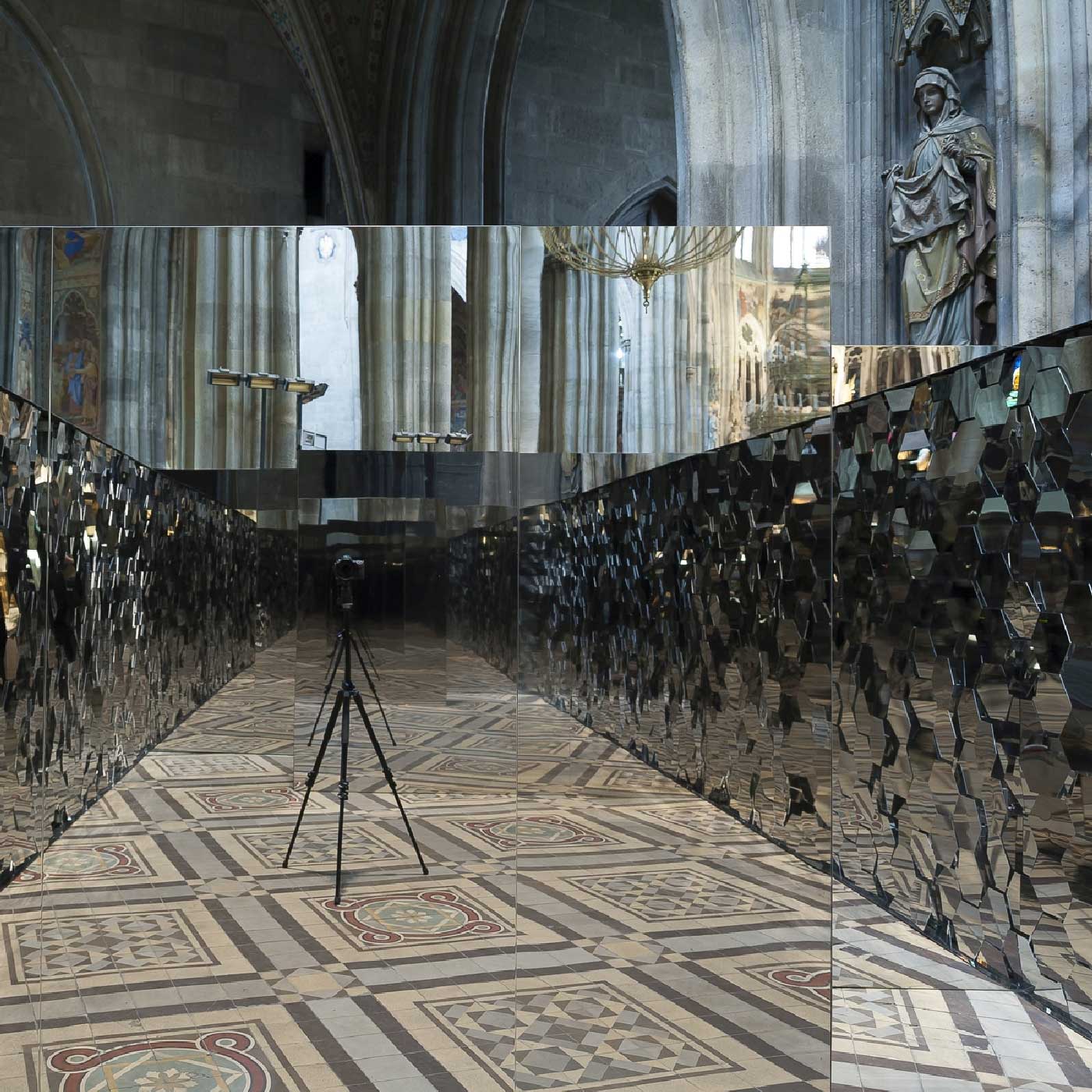
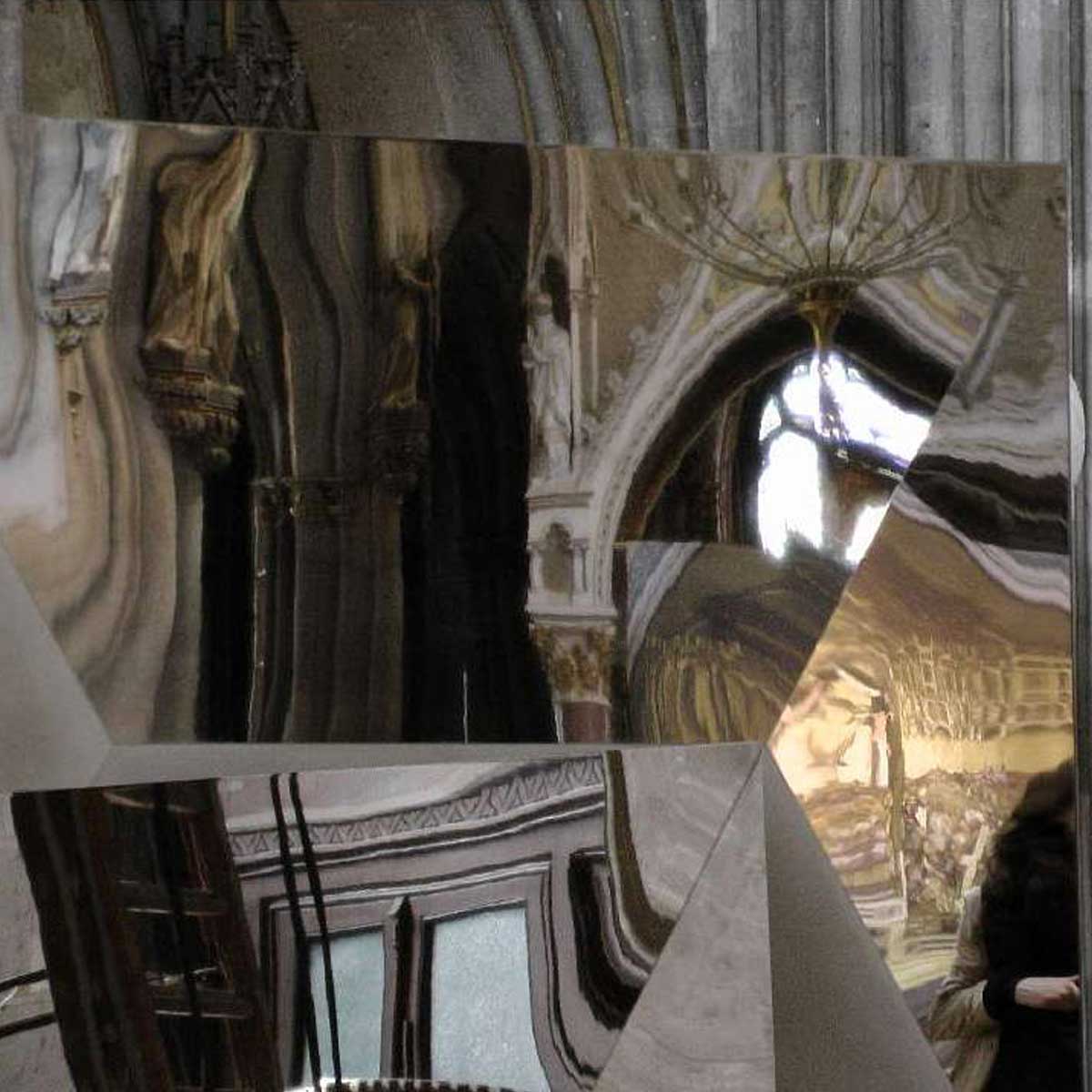
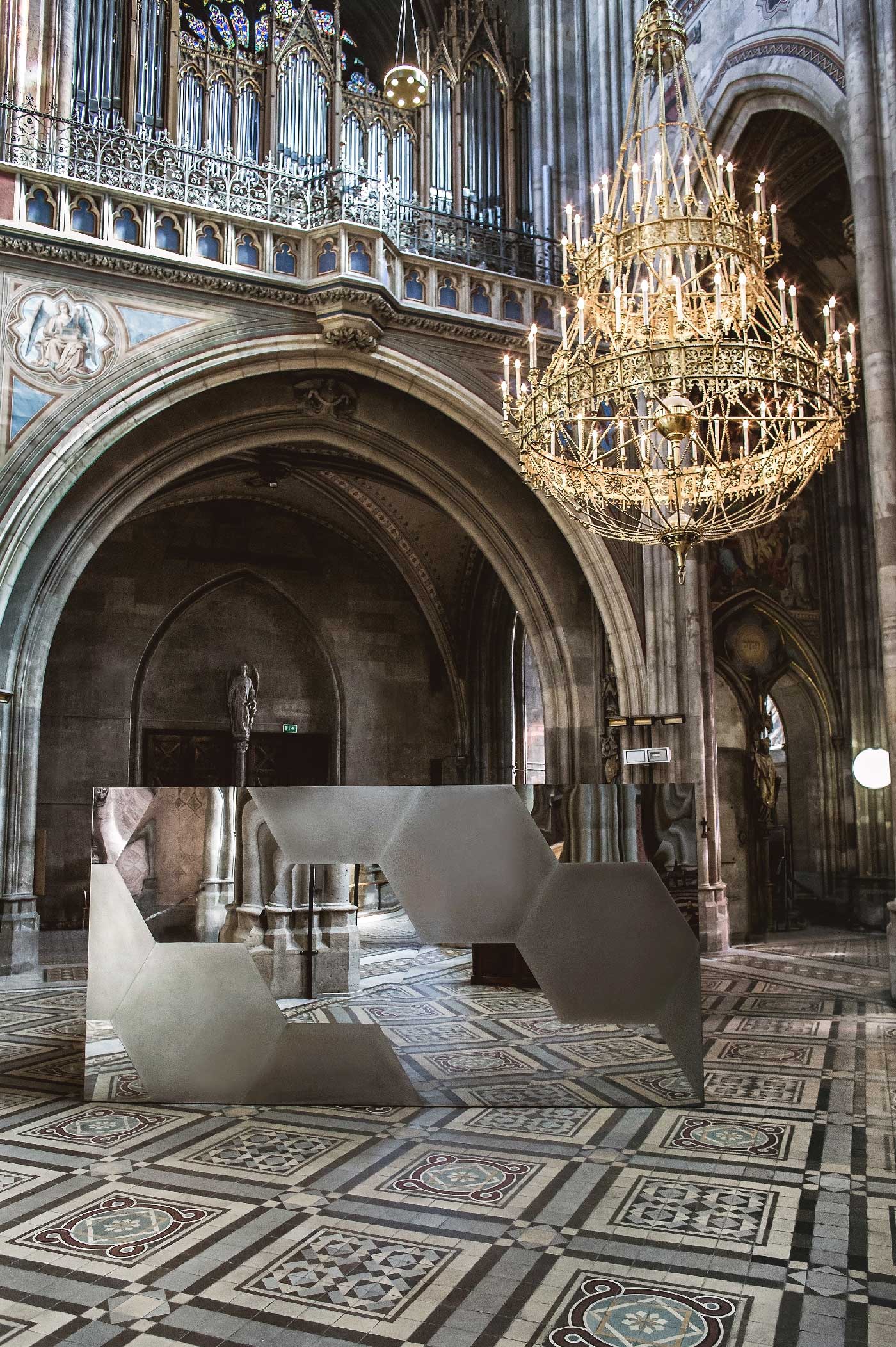
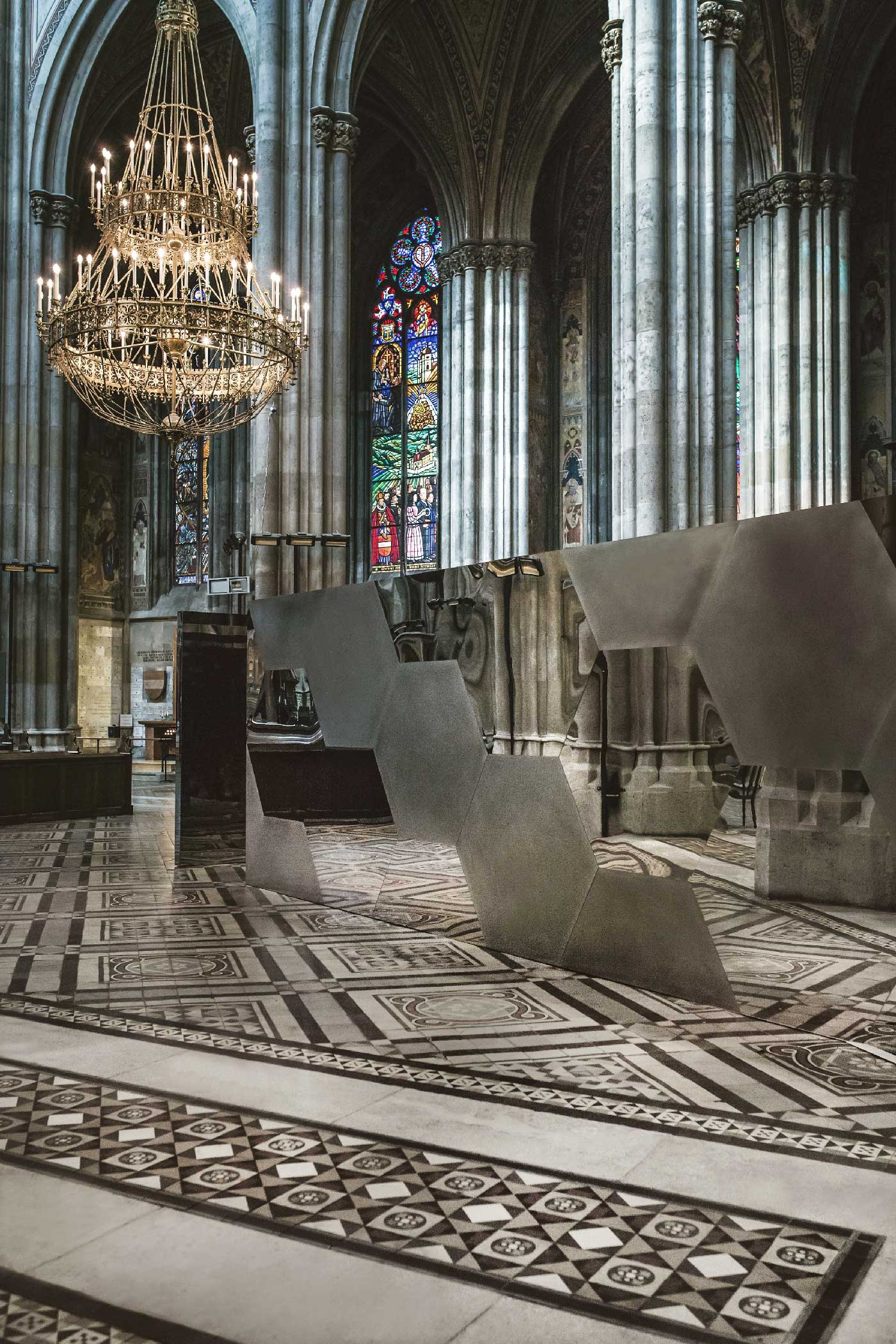
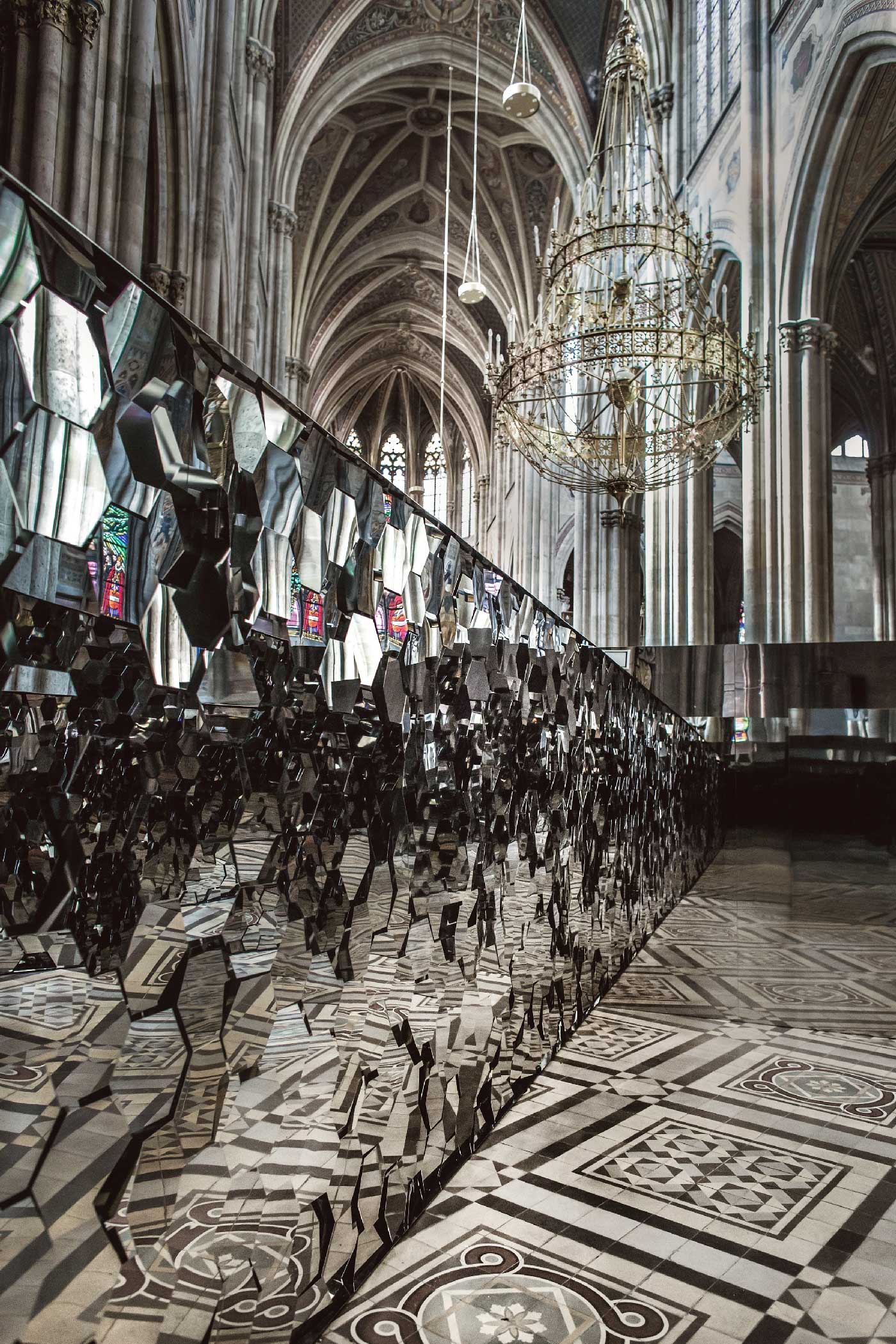
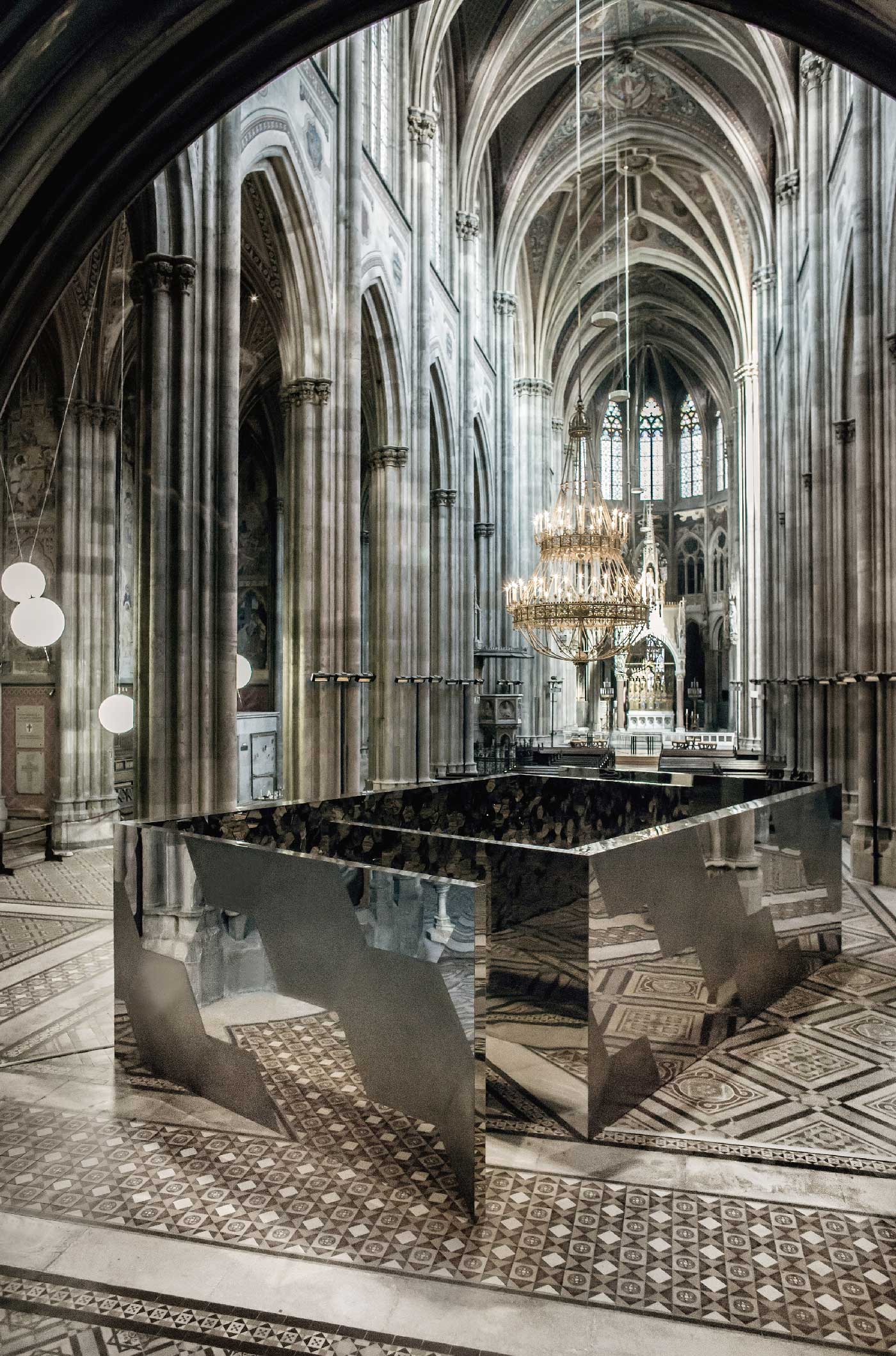
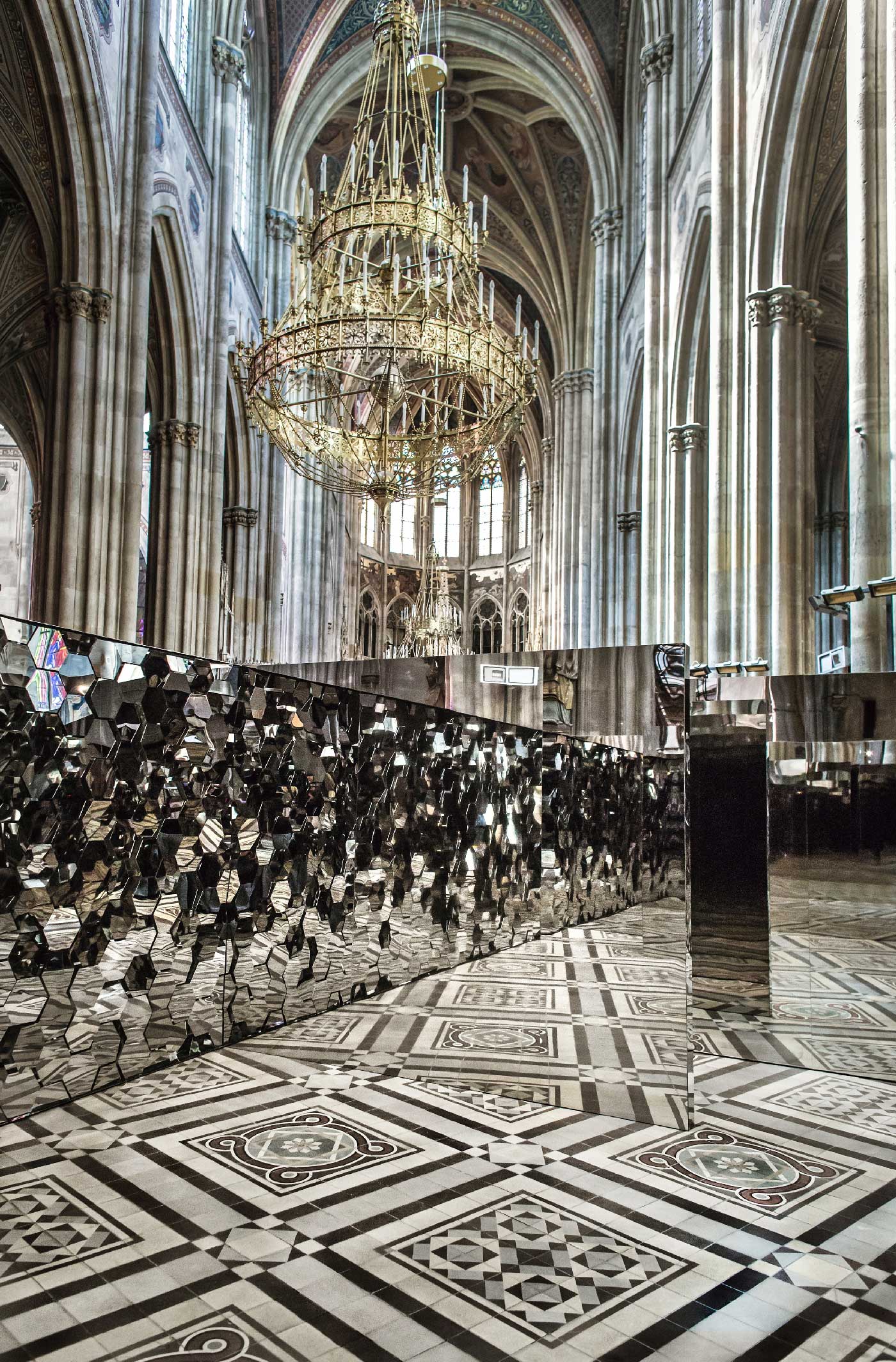
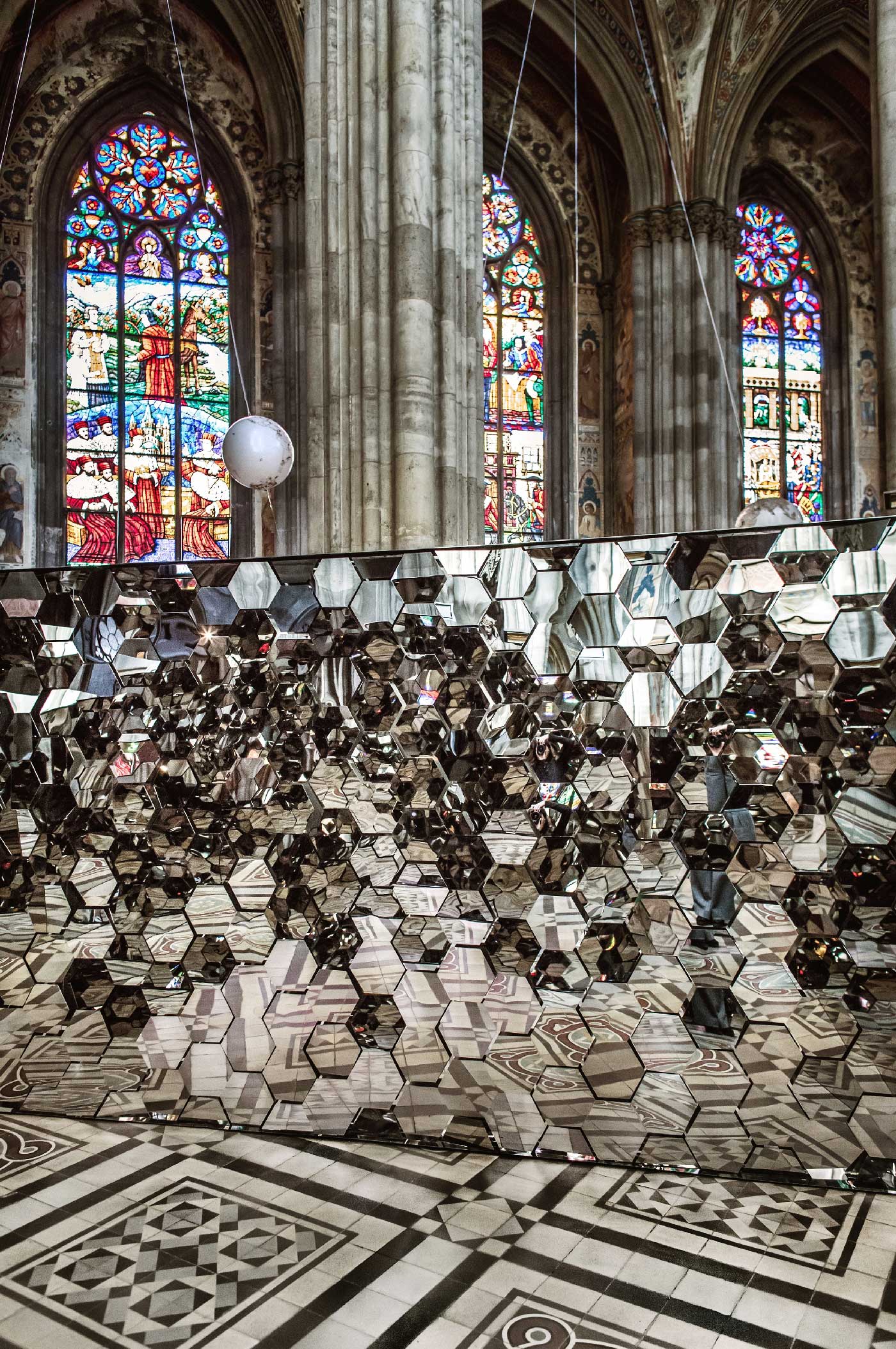
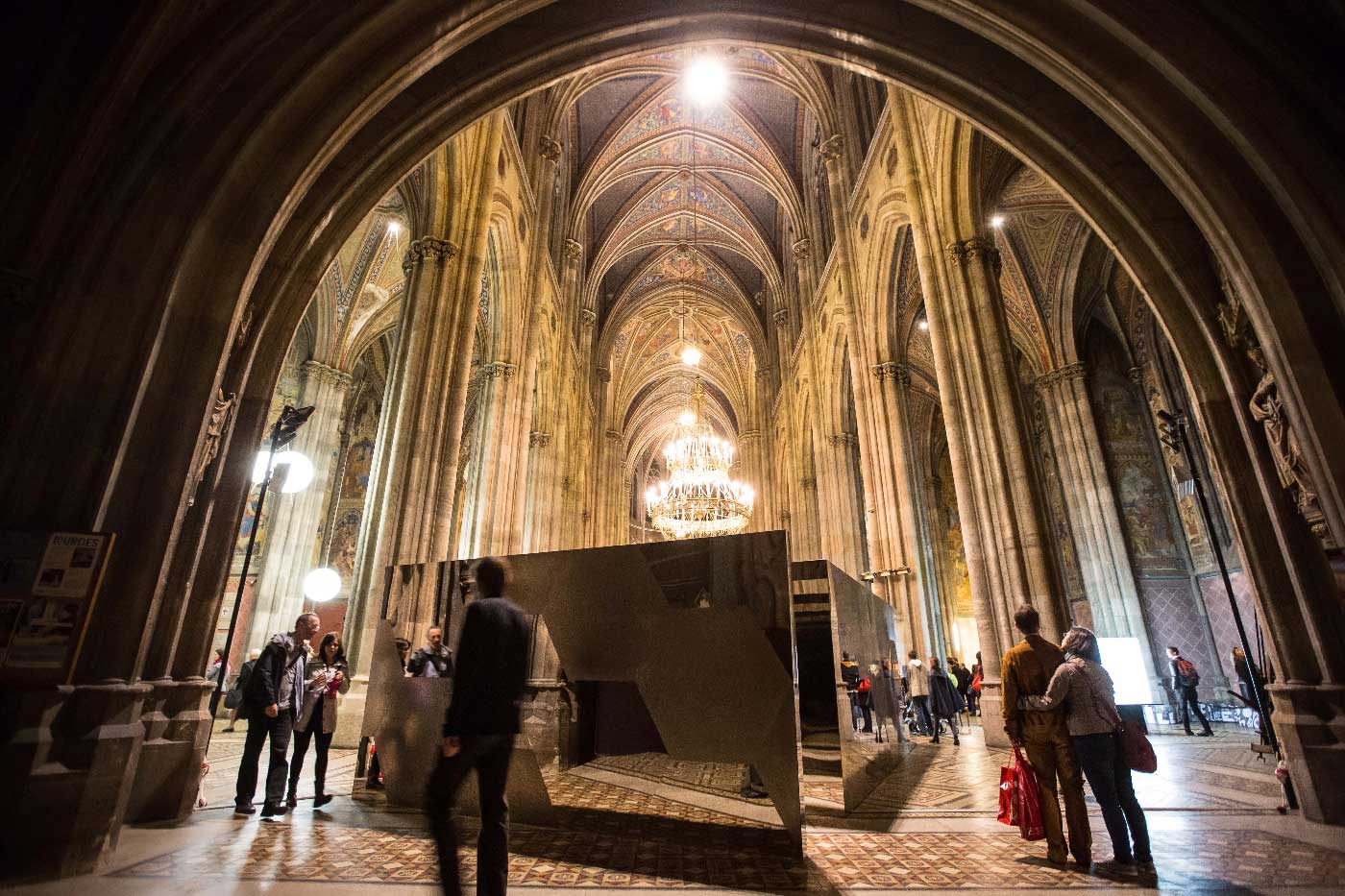
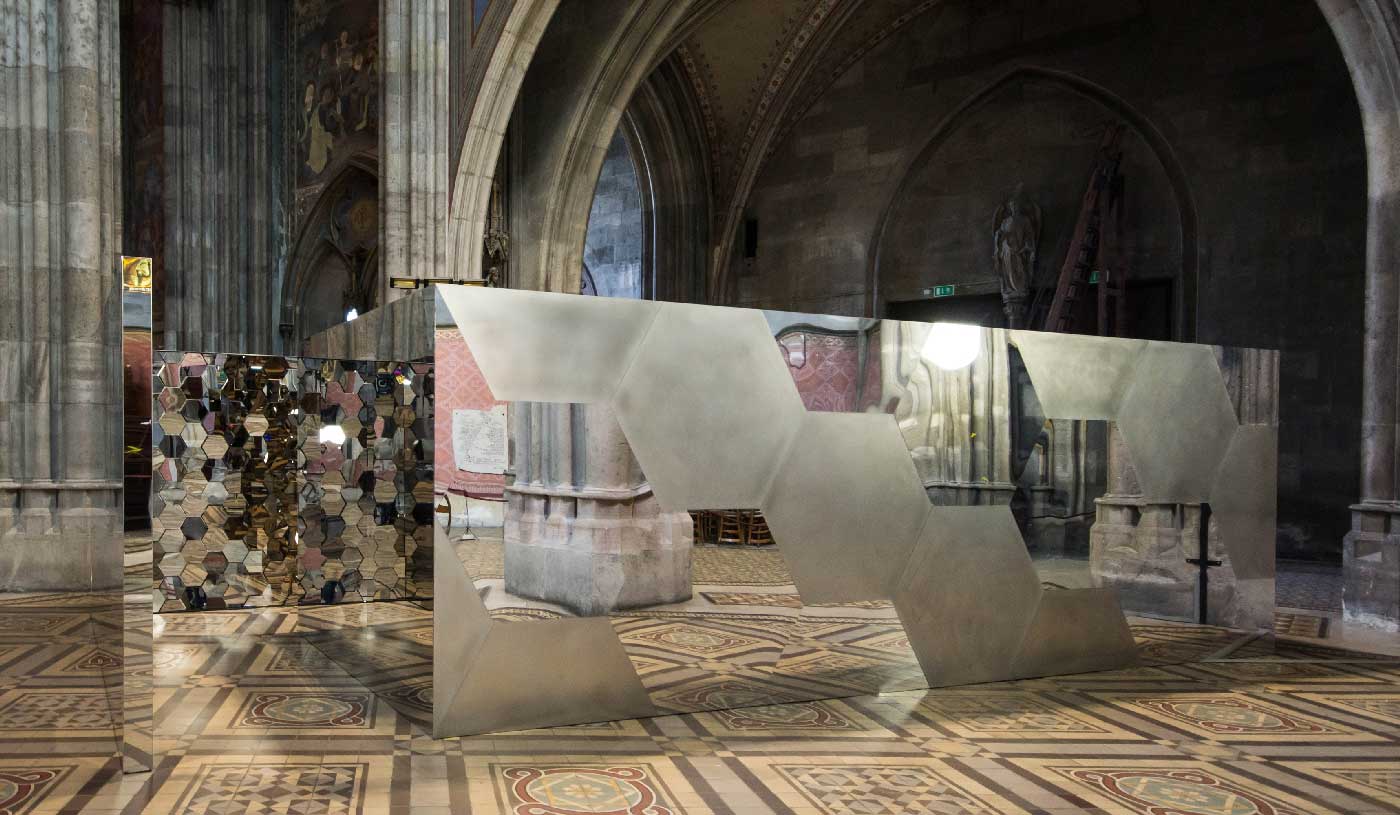
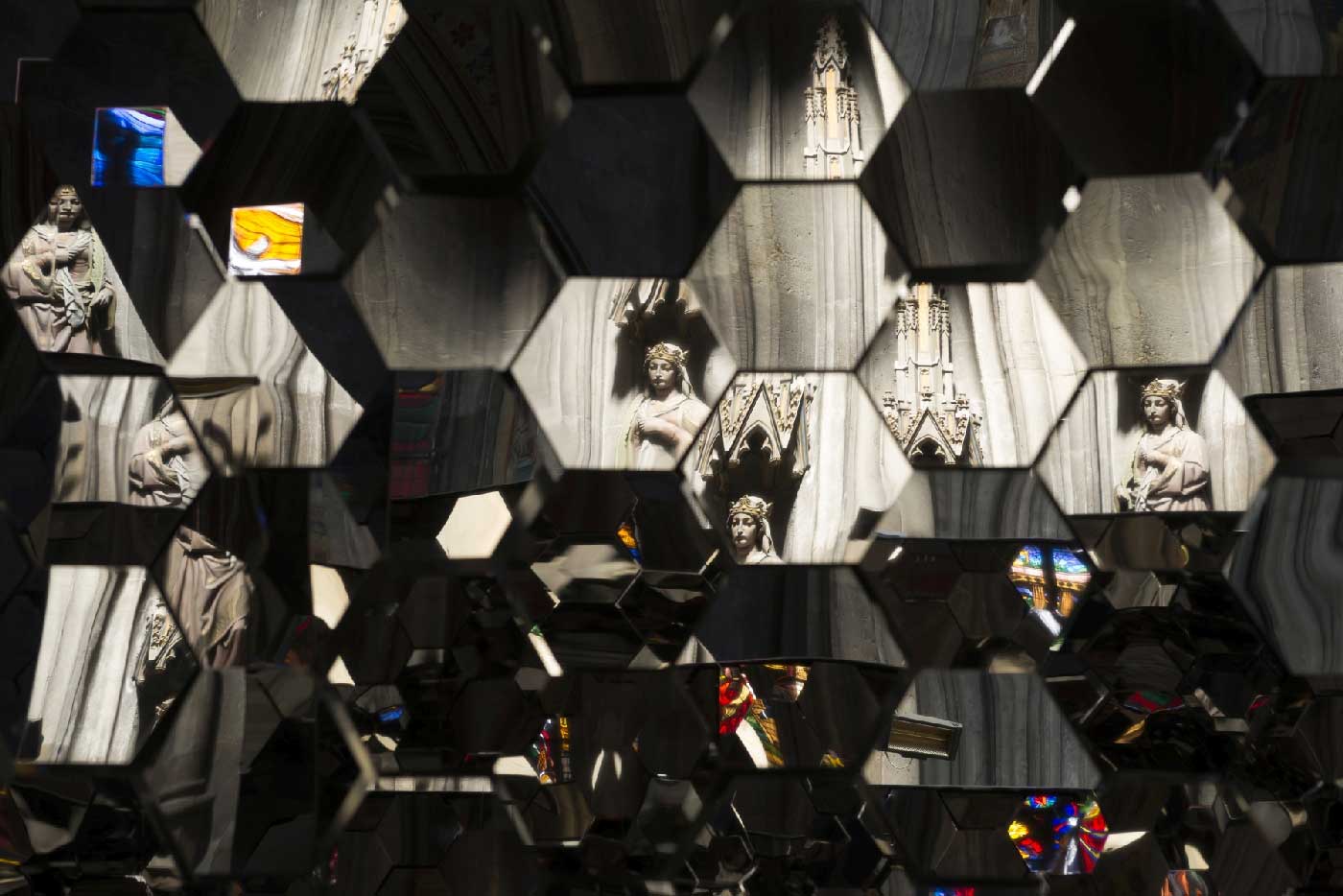
Temporality of the Self
The problem of the absolute affirmation of the self and temporality dominates many of Kierkegaard’s works, especially those concerned with the aesthetic and ethical modes of existence. In the course of developing this problem, Kierkegaard raises a number of questions which are of especial importance in attempting an evaluation of Nietzsche’s doctrine of the eternal recurrence. In the following comments, I shall develop Kierkegaard’s analysis of the problem of temporality and the absolute affirmation of the self through the three primary modes of the existence - the aesthetic, the ethical, and the religious - and show the way in which Kierkegaard’s analysis of the problem raises serious difficulties about the tenability of Nietzsche’s doctrine of the eternal recurrence of the same.
Temporality and Aesthetic Existence. The question which dominates Either/Or, especially the first volume, is this: what are the consequences of attempting to affirm human existence purely as aesthetic? In Kierkegaard's eyes, it is clear that “a single, coherent, aesthetic view of life can scarcely be carried out." The attempt to do so inevitably leads to contradictions culminating in the dissolution of the self. The following analysis of these contradictions will show the impossibility of maintaining the doctrine of the eternal recurrence of the same on the level of aesthetic existence, of attempting to say “yes" to life as purely aesthetic existence. The aesthete inevitably encounters the problem of the “it was," and it becomes its most secret melancholy which it cannot overcome. Let us consider this in relation to the three basic attempts to affirm existence as aesthetic which are presented in Either/Or: Don Juan, the reflective seducer, and “A," the pseudonymous author of most of the first volume. Don Juan and the reflective seducer are, respectively, the ideal terminus a quo and terminus ad quern of the concrete aesthetic existence which A himself attempts to live out.

